By Matt Hickey
Today, parks and recreation departments face various challenges, like pressure stemming from community expectations, increased fiscal scrutiny, and growing equity demands—all while balancing service sustainability and affordability. It is incredibly difficult for these departments to build budgets as the typical agency generates $19.38 in revenue annually for each resident in the jurisdiction, according to the National Recreation & Park Association’s 2021 Agency Performance Review. A fragmented data spread and disconnected technology systems without real-time insights impede data-driven decision making, limit long-term planning, and jeopardize financial sustainability.
Therefore, strategic goals and a comprehensive financial planning framework must be in place to build community trust while also fostering accurate forecasting, and cost-recovery technology makes this possible.
Three Challenges for Parks & Rec
The first challenge is that parks and recreation departments often have limited financial insights. They struggle to have a clear financial picture without a streamlined and central technology source, which prevents them from accurately analyzing metrics (like participation rates, program profitability, revenue by service, and operational costs per team). This makes tracking and reporting, cost recovery, resource allocation, and future planning nearly impossible, impacting funding, emergency planning, and supporting community programs.
Second, missed revenue opportunities are a common occurrence. Without insights into program profitability or cost recovery, pricing decisions are based on guesswork or incomplete financial pictures, leading to underpriced
services that fail to cover costs or maximize revenue potential. This can lead to missed opportunities that reduce the available budget, limiting the ability to reinvest in programs, facilities, and services that benefit the community.
Last, parks and recreation departments are riddled with administrative inefficiencies. Legacy technology systems, like manual workflows and paper-based processes, create bottlenecks for staff, monopolizing their time and resources. As a result, staff are unable to focus on strategic planning like launching new programs or improving community engagement, as they must manually perform administrative tasks like data entry or updating spreadsheets. They are focused on these tasks instead of working on projects like reconciling budgets, tracking program participation, generating reports, and managing payment records. This frustrates staff and takes away from the program growth and community engagement.
Cost Recovery Technology Can Help
Cost recovery technology is critical to helping parks and rec departments navigate top challenges, including but not limited to limited financial insights, missed revenue opportunities, and administrative inefficiencies. Cost recovery technology provides service sustainability software and consulting specifically designed for parks and recreation departments.
Cost recovery solutions include technology like automated workflows and tools for pricing updates, revenue tracking, and financial reporting. These tools help optimize revenue, streamline processes, and build sustainable and affordable programs. Specifically, this technology directly combats the challenges listed in the following ways:
- Parks and recreation departments need to make informed cost recovery decisions with real-time reporting and expert consulting guidance to track performance, predict financial outcomes, and shape budgets for future programming. Solutions like real-time financial reporting, consulting, cost recovery analysis, and scalable pricing tools help make this a reality.
- To capitalize on revenue opportunities (instead of missing them), parks and recreation departments need to drive consistent and fair revenue with data-driven pricing models that identify underpriced programs and support program sustainability and resident satisfaction. In addition to consulting and cost recovery analysis tools, automated pricing models play an important role.
- Administrative inefficiencies can be eliminated by using automated workflows for cost recovery, pricing, and reporting to boost efficiencies and free up staff time. At the same time, leveraging consulting support can help parks and recreation departments enhance staff and resident experience. Real-time financial reporting, consulting, automated pricing models, and cloud-based platforms will support this.
- Cost-recovery solutions will help parks and recreation departments navigate challenges like limited financial insights and visibility, missed revenue opportunities, and administrative inefficiencies. It will also bring more benefits and efficiencies to help them stay financially sustainable while growing community engagement. With these tools, parks and recreation departments can make data-driven decisions, reduce administrative overhead, and create transparent pricing strategies to build community trust while also maintaining consistent revenue to drive long-term sustainability. RM
ABOUT THE AUTHOR
Matt Hickey is CivicPlus strategic consultant for cost recovery. For more information, visit www.civicplus.com.



